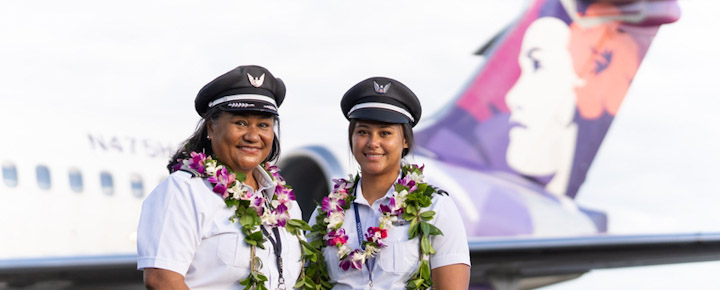The integration of Hawaiian and Alaska Airlines has led to rising tensions among pilots, highlighting concerns about job roles and flight operations. Hawaiian pilots fear their identity and control over routes could diminish, as Alaska Airlines has a history of outsourcing short flights. The crux of the conflict lies in pilot seniority: Hawaiian pilots, with decades of experience on widebody aircraft, are at odds with Alaska pilots who may have longer overall careers but less experience in long-haul flights.
As the merger progresses, the process of integrating seniority lists will determine pilot assignments on new aircraft, potentially favoring Hawaiian pilots for long-haul flights. Pilots express anxiety about how these changes might dilute the distinctive Hawaiian flying experience for travelers, with concerns that the merged airline might prioritize efficiency over cultural connection.
Despite official communication maintaining a positive tone, behind the scenes, pilots from both airlines are grappling with wage issues and flight rights, underscoring a stark cultural divide. The outcome of these negotiations will significantly impact the future of Hawaiian air travel, including whether flights retain their traditional island-based operational style. Passengers may start seeing changes in crew assignments and overall service as this internal struggle unfolds.
Source link


